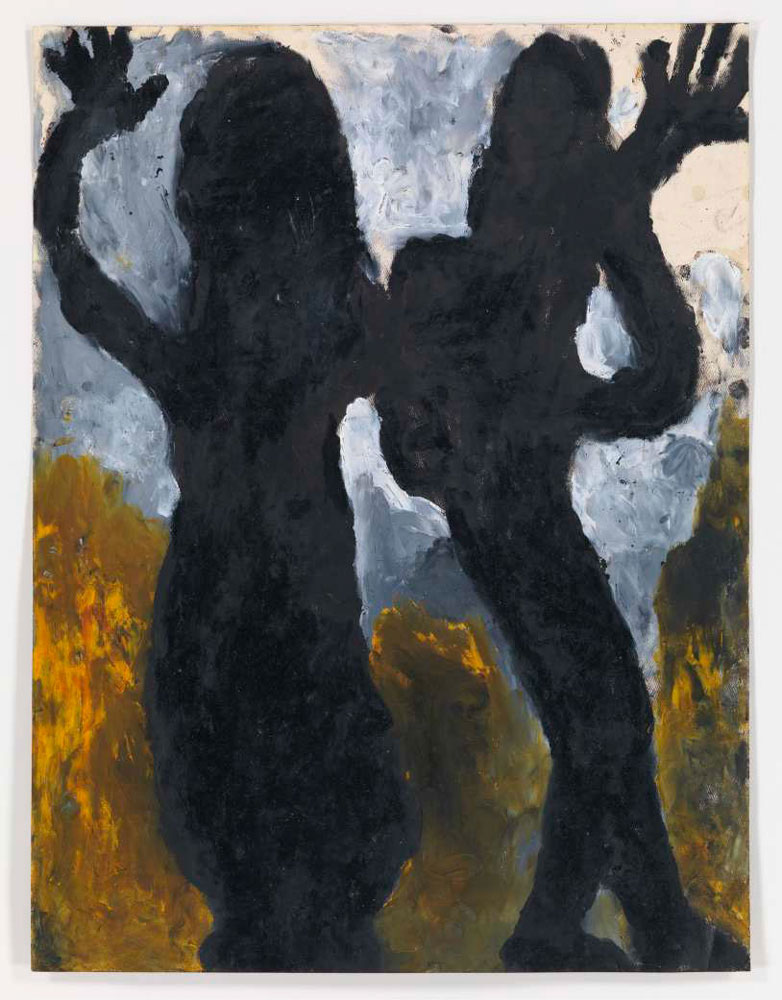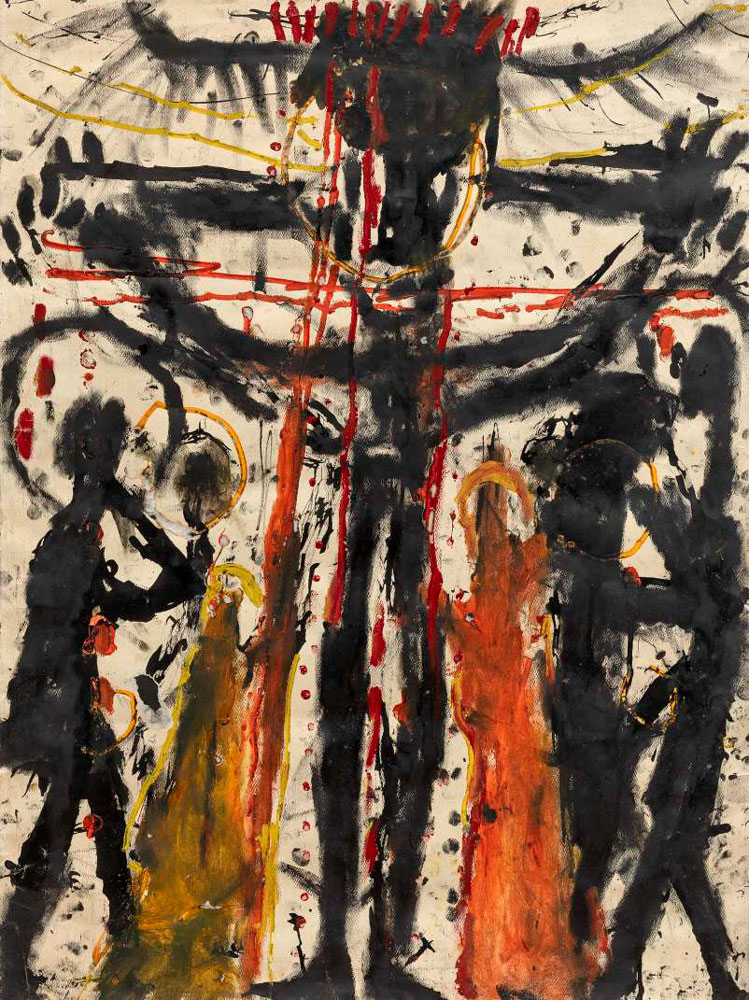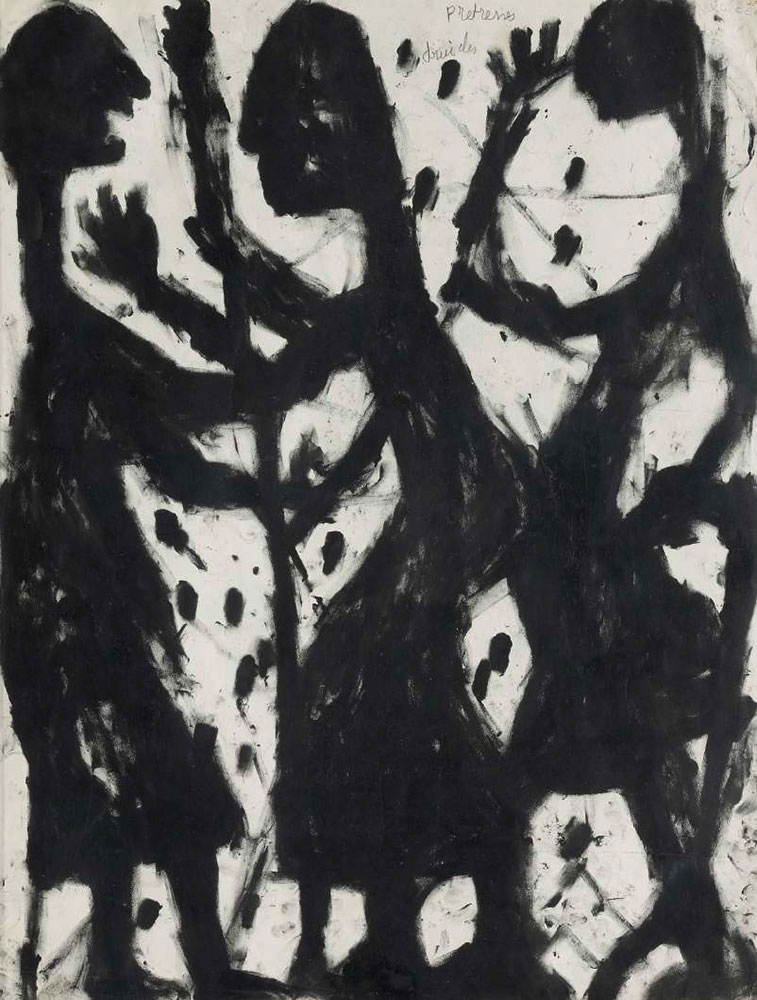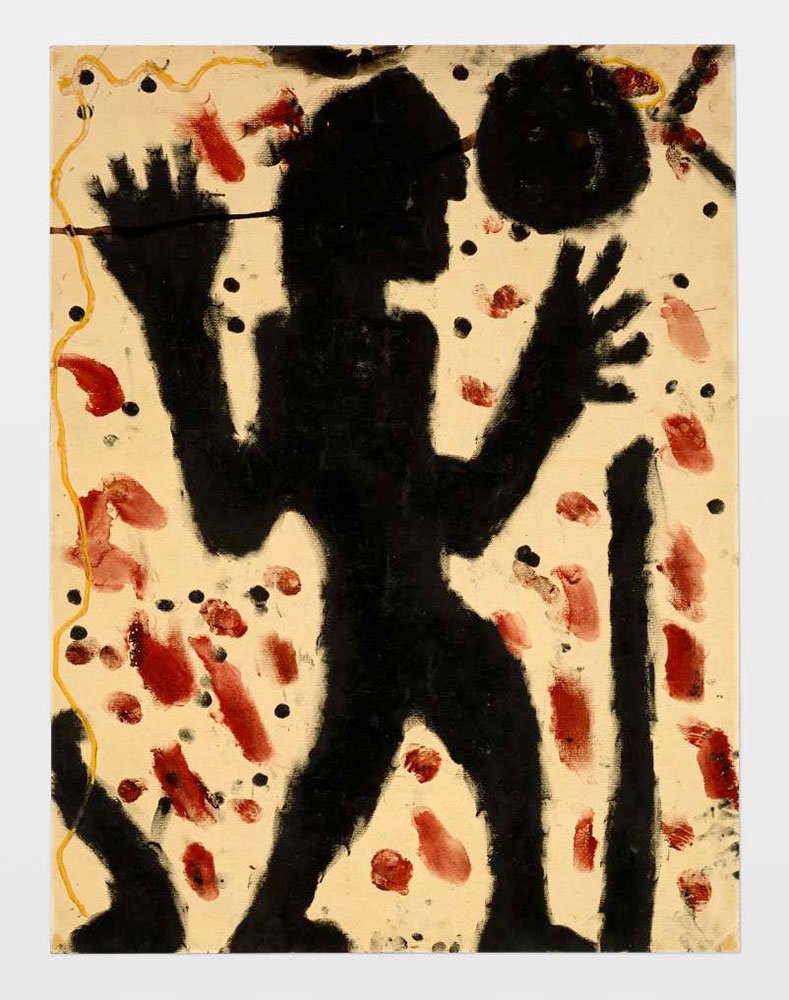ART CITIES:Paris-Louis Soutter
 Louis Soutter’s pictorial world revolves around elementary themes such as the examination of human nature, death and the question of life after death. The passion of Christ, and in particular the crucifixion, is a central motif that recurs again and again. Louis Soutter’s simple, silhouette-like human figures are portrayed with a sparing use of color, often in black India ink. Their abstract representation lends an almost obsessive, archaic quality.
Louis Soutter’s pictorial world revolves around elementary themes such as the examination of human nature, death and the question of life after death. The passion of Christ, and in particular the crucifixion, is a central motif that recurs again and again. Louis Soutter’s simple, silhouette-like human figures are portrayed with a sparing use of color, often in black India ink. Their abstract representation lends an almost obsessive, archaic quality.
By Efi Michalarou
Photo: Galerie Karsten Greve Archive
In the exhibition “Un Présage” are on show drawings and paintings created be-tween 1937 and 1942 by Louis Soutter. Most notable amongst his works are the visionary depictions of the imaginary, which infuse his identifiably modern style. This exhibition features finger-paintings from the artist’s lattermost creative phase during which bodily contact played a key role in attaining pictorial freedom and simplifying shape. Several additional works on loan from private international collections are shown here alongside pieces that belong to Galerie Karsten Greve’s Collection. Gathered together, they highlight the importance of Soutter’s unique artwork; long relegated to the sidelines of art history. Whilst all of the artist’s work may well carry a prophetic tone echoing the tumultuous era between the two world wars and foreshadowing the Second World War, history grows hazy amongst his figures from pagan ritual or like forest spirits. Using a steady flow of images plucked from mythology and theology – dance scenes jostle with frescoes depicting torture – the artist turns History a holding pen of characters and events that he dips into at will. Soutter toys with linear time; inserts gaps and leaps – he skips from Mannerism-style drawings including an array of portraits, over to paintings rooted in Primitivism. His primitive-style finger-painting phase may bring to mind regressive behaviours or physical defects, but it also provides an opportunity to reconsider the act of creating; particularly with regards to merging the essence of Art with that of History. Memory is the base of his approach to drawing; with scenes reminiscent of pictorial representations done on rock by First Nations people in the Americas. Night scenes of backlit figures join scattered layers of repetitious finger-drawn stamp-like shapes gathering and dancing across the surface of the paper with stars, crosses, grids, raindrops, ropes or sinew. Characters are shown squeezed together, framed in cinematic close ups; captured in states of judgment, fate or fear. His naked and skeletal figures with hands raised high appear have an invisible net unfurled above their heads, draped out infinitely across the universe; perhaps as a metaphor of Hamlet’s far-reaching question: to be or not to be? Shakespeare’s plays, to which Soutter makes many references, are also found in his ‘fourth wall’ compositions that borrow from the theatre world. The set’s decor is either stripped down or overloaded with lines and dots that intrude on the action. Characters are lined-up as though in a bas-relief, or as pieces of crowded compositions that they are struggling to stay inside of – similar to the way Soutter’s artwork clings to the edge of civilization.
Born 1871 in Morges, Louis Soutter, a cousin of Le Corbusier, studied engineering in Lausanne, architecture in Geneva, violin in Brussels, and painting in Lausanne and in Paris. In 1897 he moved together with his American wife Madge Fursman to the United States. There he gave private violin and drawing lessons, and he was soon appointed head of the art department at Colorado College. Shortly thereafter he began showing his work in group exhibitions. In 1903 he returned to Morges: his state of health – both physical and mental – worsened steadily. In 1923 he was admitted to a residential care home in Ballaigues, Switzerland, where he spent the remaining 19 years of his life. In those years, isolated from the outside world, he produced an extensive oeuvre of exceptional importance. In particular the “Peintures au doigt” which he began creating in 1937 and which were neglected for decades, represent a key position in 20th century art. Louis Soutter past away in Ballaigues in 1942.
Info: Galerie Karsten Greve, 5, rue Debelleyme, Paris, Duration: 29/8-12/10/20, Days & Hours: Tue-Sat 11:00-19:00, www.galerie-karsten-greve.com




